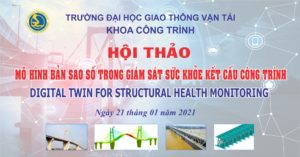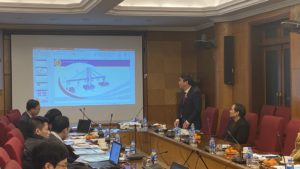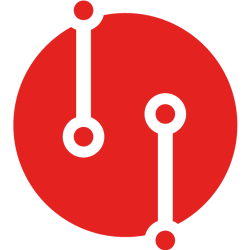On 21 January 2021, in a series of dissemination activities of the Newton Fund International Links project ‘Digital Twin for Structural Health Monitoring,’ the Vietnamese partner, University of Transport and Communication (UTC), organised a workshop to present the project outcomes to the local and national science/industrial communities in civil engineering, computer science, geology, and mechanics.



The lead investigators of UTC team , Dr. Tien-Thanh Bui and Prof Long Nguyen, introduced the concept of Digital Twin (DT) and how it can be applied to a daily structural health monitoring (SHM) task to achieve a promising and effortless monitoring system. The project team also presented the development of two scaled models of stayed-cable bridges, serving to validate new DT ideas, technologies, and devices before applying them to a full-scale structure.

Next, Mr. Ngoc-Hoa Tran presented the project’s new results (in collaboration with Ghent University, Belgium) of techniques that couple the neural network with heuristic optimisation algorithms for detecting structural damages, yet with low resources and potentially suitable for in-situ tests. In another direction, Dr. Ngoc-Dung Bui showcased how to perform SHM tasks and achieve high accuracy using convolutional neural network inspired from the computer vision field. As this technique does not require any predefined fitness function (which would be required for conventional optimisation techniques), it is applicable for a wide range of structures with minimal modification. On the other hand, experts from the SLS tech company demonstrated the latest devices serving to measure structures’ vibration. This new generation of devices can communicate with users via wireless connection without a wired power supply for a few days, thus easing the deployment, especially in locations with difficult access.
At the end of the workshop, there were exciting discussions with the audience, mostly related to how to apply the presented approaches to real data. There is a common consensus that the SHM data are collected every hour, every day, but leveraging such very big data is challenging, for which using solely classical methods are inefficient and even inaccurate. Thus, it is necessary to combine interdisciplinary approach from structural engineering, data analysis, artificial intelligence, communication, etc., to build a smart SHM system that continuously monitors the structure and periodically learns and relearns the collected data.

